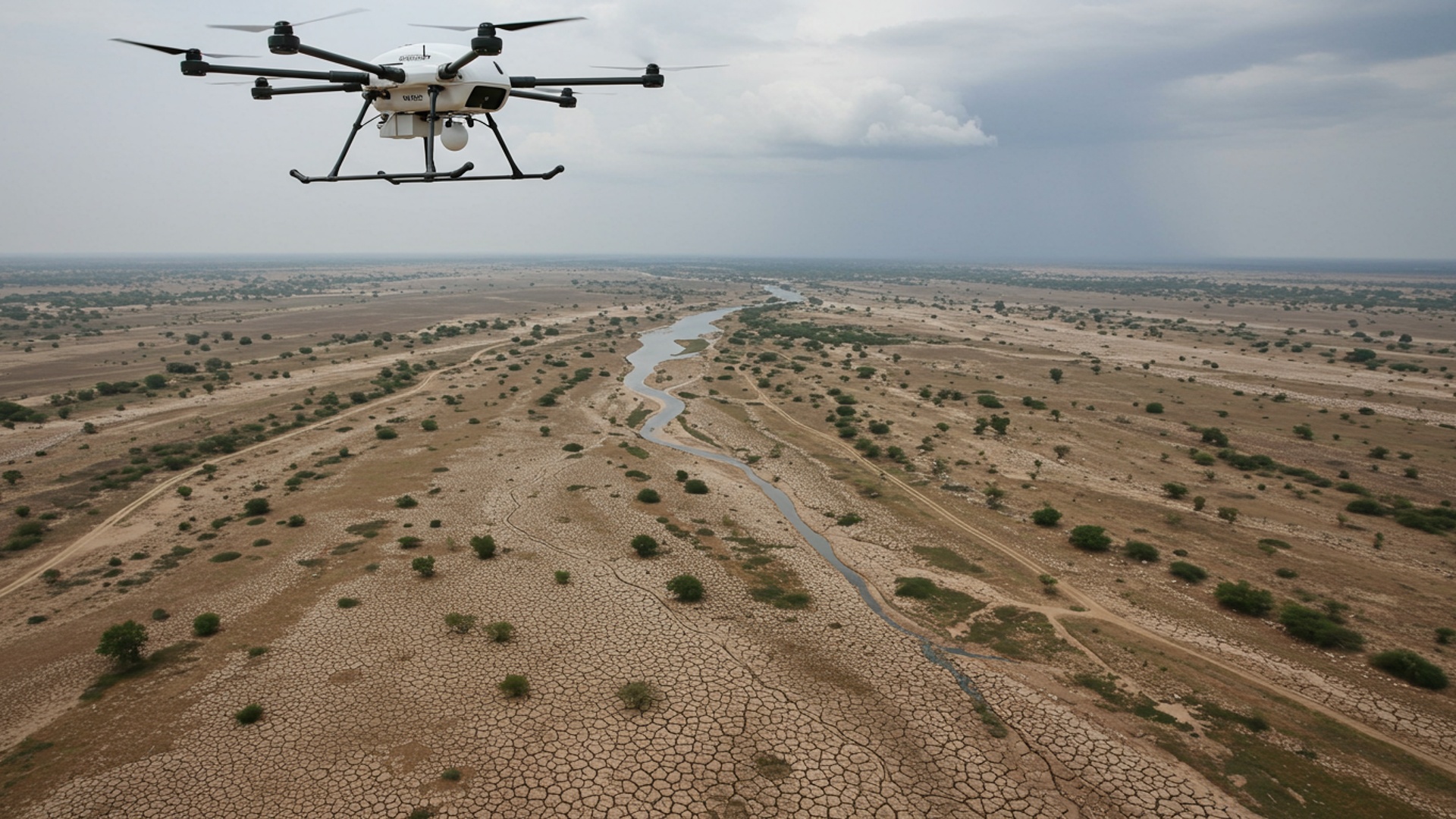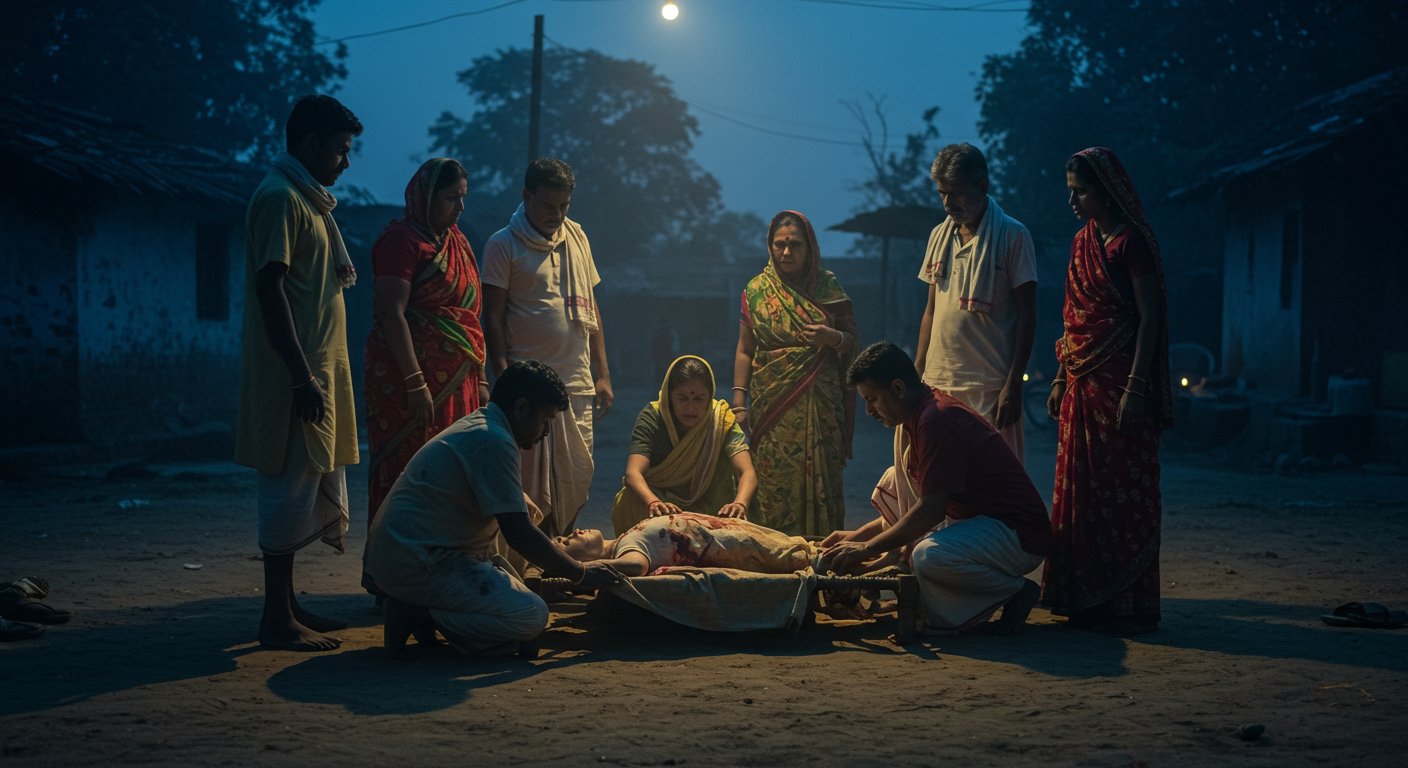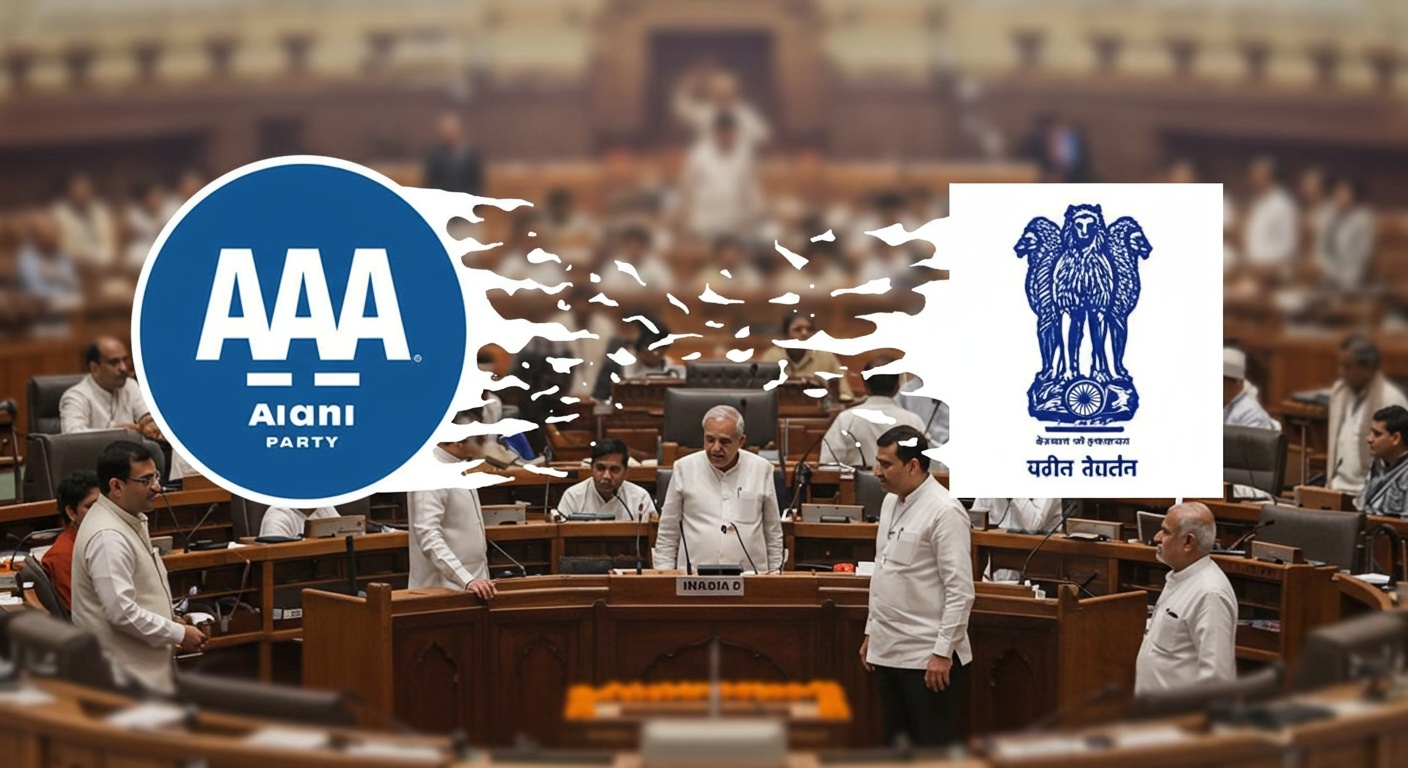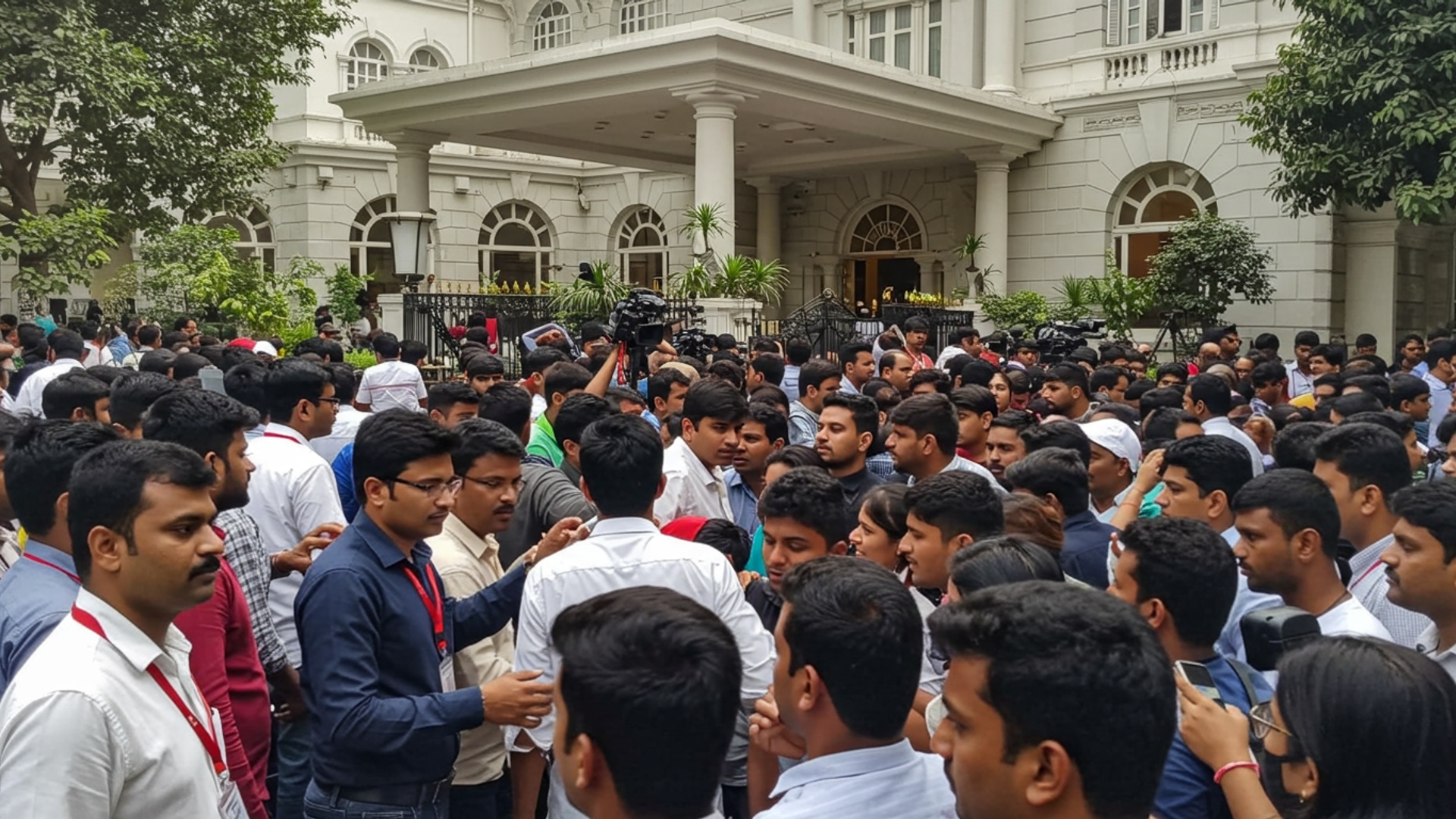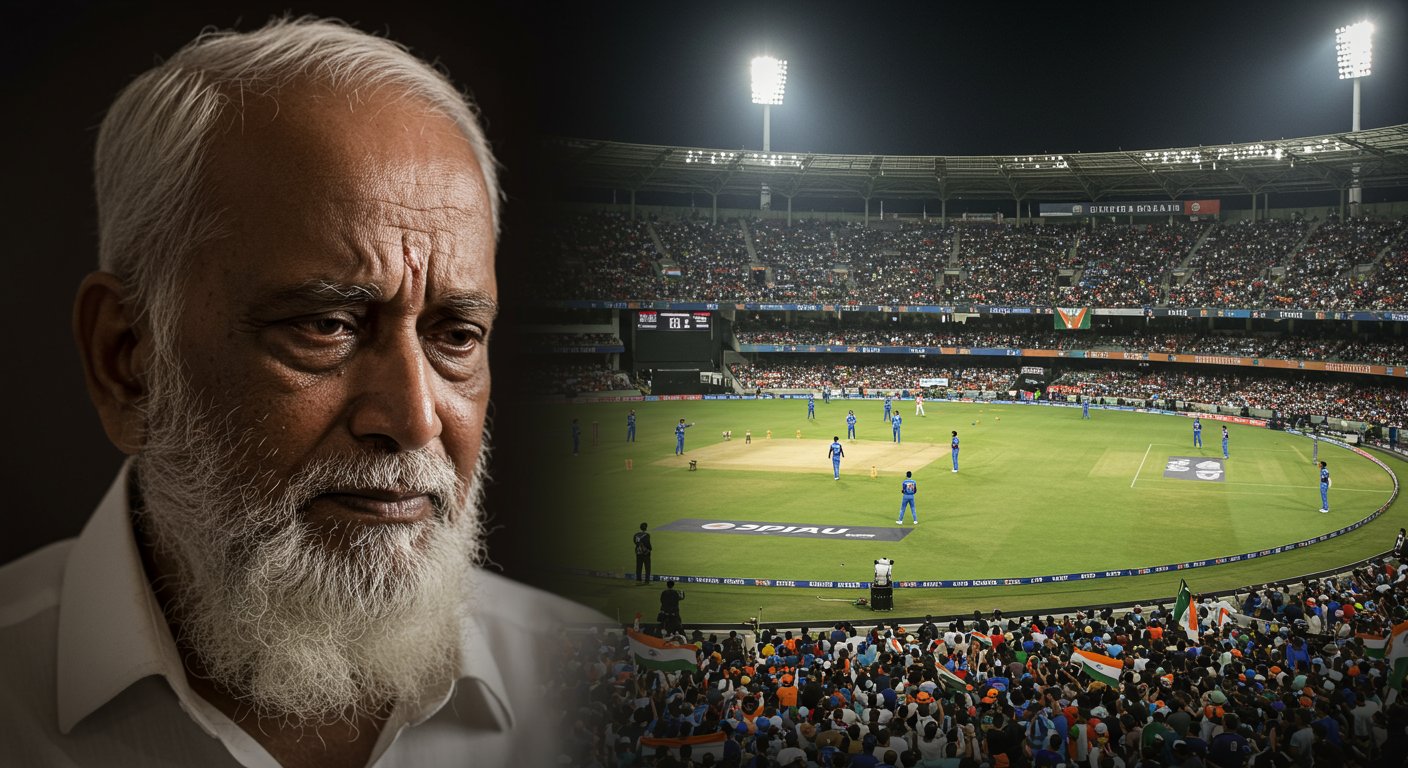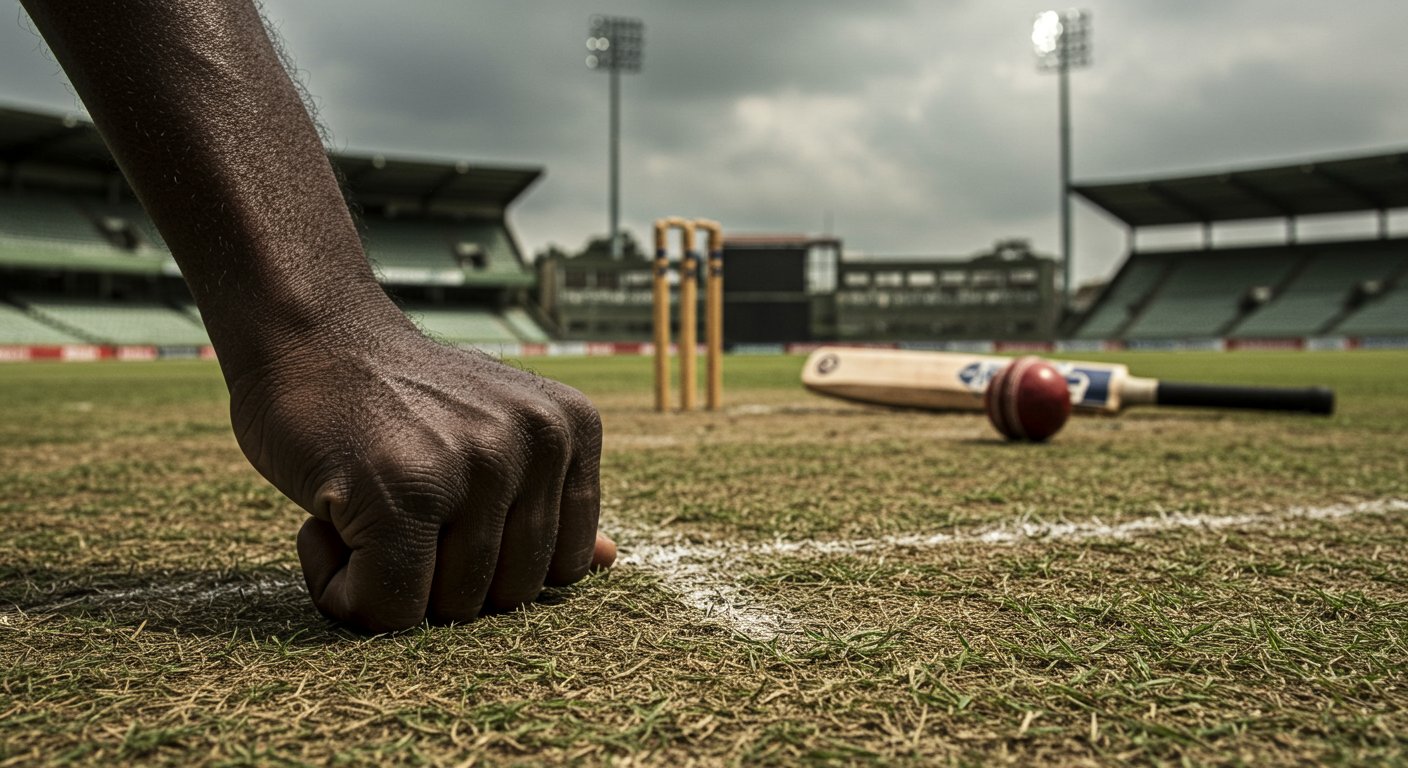Rajasthan is taking a big new step to fight its serious water problem. The state now uses drone technology for cloud seeding, a groundbreaking effort to make rain. This urgent action comes as large parts of the region face very dry conditions, putting farms and daily life at risk. The small flying machines drop special materials into clouds, hoping to bring much-needed rain and ease the severe water shortage affecting millions. This modern method highlights Rajasthan’s strong push to find new answers for a very old and difficult challenge.
New Way to Get Water in Rajasthan
Rajasthan, a state in India, is trying a new method to get more water. It has started using drone technology for cloud seeding. This is a big step to fight the severe lack of water the state faces every year. Cloud seeding is a way to make clouds produce more rain. By using drones, Rajasthan aims to make this process better and more effective. The state has a long history of water problems. this new project shows how it is using modern tools to solve old issues. This effort is part of a larger plan to make sure people in Rajasthan have enough water for their daily lives and for farming.
Understanding Cloud Seeding and Its Past
Cloud seeding is a method that has been used for many decades to increase rainfall. It involves adding small particles into clouds to help water droplets or ice crystals form. These particles, often made of silver iodide or dry ice, act as a base for rain to grow. Once these particles are in the cloud, they encourage the tiny water droplets to join together until they are heavy enough to fall as rain. In the past, this was mainly done using airplanes that flew into clouds or machines on the ground that sent particles up into the air. While these methods have had some success, they also had limits. Airplanes could be expensive to use. ground machines could only cover a small area. The idea behind cloud seeding is to help nature a little to get more water from the sky, especially in places where it doesn’t rain much. This technology has been explored globally as a potential solution to regional water shortages, adapting over time with new scientific understanding and tools.
Why Rajasthan Needs More Rain
Rajasthan is in the western part of India and is largely covered by the Thar Desert. This means it gets very little rain compared to other parts of the country. For many years, people in Rajasthan have struggled with water scarcity. Rivers often run dry. underground water levels drop very low. This lack of water affects everything. Farmers cannot grow enough food, which hurts their income and the food supply for the state. People also face challenges in getting enough drinking water. The dry weather leads to poor farming conditions. sometimes, even animals suffer from lack of water. The government and local groups have been looking for many different ways to solve this problem. They have built dams and canals. the need for more water is always there. So, finding new and effective ways to increase rainfall is very essential for the future of Rajasthan. The state’s economy and the well-being of its people depend on having enough water. This makes the region a critical area for innovation in water management and conservation.
Drones Bring a New Advantage
The use of drones in cloud seeding is a modern change that offers many benefits. Unlike airplanes, drones are smaller, less expensive to operate. can fly more precisely. They can be sent into specific parts of clouds where they can release the cloud-seeding material with greater accuracy. This means that the material is put exactly where it can do the most good. Drones can also be controlled from a distance, which makes the process safer for the people doing the work. They can reach areas that might be difficult for traditional airplanes to access due to tricky terrain or flight restrictions. This technology allows for cloud seeding to be done more often and with better control over where the rain falls. It is a more flexible and targeted way to influence weather, making it a valuable tool for states like Rajasthan that need quick and focused solutions for water shortages. The ability to use drones means that cloud seeding can become a regular tool in water management, not just a one-time effort, offering a new level of precision and adaptability to environmental conditions.
How Drones Are Being Used in Rajasthan
The Rajasthan government has started a special project to use drones for cloud seeding. They are working with technology companies and weather experts. The drones used in this project are equipped with special tools that can spray fine particles of cloud-seeding agents, like silver iodide. These drones are flown into specific types of clouds that are likely to produce rain. The process is carefully planned based on weather forecasts and cloud formations. Before a drone takes off, meteorologists study the clouds to find the best time and place for seeding. Once the conditions are right, the drone is launched and guided into the cloud to release the particles. This careful approach is aimed at getting the best possible results. The project is being carried out in different parts of the state that need water the most. This is not just a test; it is an active effort to bring immediate relief to dry areas. The state is hopeful that this technology will make a real difference in increasing rainfall.
An official from the Rajasthan State Disaster Management Authority commented, “Our aim is to use every available technology to ensure water security for our citizens. The drone-based cloud seeding initiative is a key part of our strategy to tackle the drought conditions effectively. We are seeing promising early indicators and are committed to rigorous monitoring.”
First Results and What They Mean
Early reports from the drone-based cloud seeding efforts in Rajasthan are positive. While it is still early to say for sure about long-term changes, there have been some noticeable increases in rainfall in the areas where drones were used. These initial successes are very essential because they show that the new method is working. Scientists and water experts are closely watching these results. They are collecting data to see how much more rain falls and if it lasts over time. If these positive results continue, it means that drones could become a standard tool for increasing water supply in dry regions. This would be a major step forward not just for Rajasthan. for other parts of the world facing similar water problems. The goal is to prove that this technology can be a reliable source of additional water, which is a big hope for many communities struggling with climate change and water scarcity. These early results offer a beacon of hope for regions facing similar challenges.
What People and Groups Are Saying
The new drone cloud seeding project has drawn a lot of attention. Many people in Rajasthan, especially farmers, are very hopeful. They have been dealing with water shortages for a long time. any effort to bring more rain is seen as good news. Farmers are looking forward to better harvests if there is more water for their crops. Environmental groups are also interested in the project. They want to make sure that the materials used for cloud seeding are safe for the environment and do not harm nature or people’s health. The government of Rajasthan has said that they are taking all necessary steps to ensure safety and that the project is part of a larger, long-term plan for water management. They are working to find a balance between meeting water needs and protecting the environment. Experts from various fields are sharing their views, with many seeing this as a practical application of technology to solve a critical issue.
Dr. Rakesh Sharma, a water management expert, stated, “Rajasthan’s initiative is a bold and necessary step. While cloud seeding is not a magic solution, the precision offered by drones could make it a vital component of integrated water resource management in arid regions. Continuous research and environmental impact assessments are crucial.”
Community leaders are also engaging with the project, helping to spread data and gather feedback from local residents. The general feeling is one of cautious optimism, with a strong desire for the project to succeed and bring lasting water security and improve living conditions for millions.
Future Plans for Water in Rajasthan
The drone-based cloud seeding program is a new and exciting part of Rajasthan’s efforts to secure its water future. The state government plans to keep investing in this technology and other water-saving methods. They want to learn from the current project and make it even better. If this drone technology proves to be a consistent way to increase rainfall, it could be used on a larger scale. This could also inspire other dry regions in India and around the world to adopt similar strategies. The long-term vision is to create a state where water scarcity is no longer a major problem. This involves a mix of new technology, traditional water harvesting methods. careful management of existing water sources. Rajasthan’s pioneering work with drones for cloud seeding is a clear sign that the state is committed to using every tool available to ensure a sustainable water supply for all its people. This project marks a significant step towards a more water-secure future for Rajasthan and sets a precedent for technologically advanced solutions to environmental challenges.
![]()
